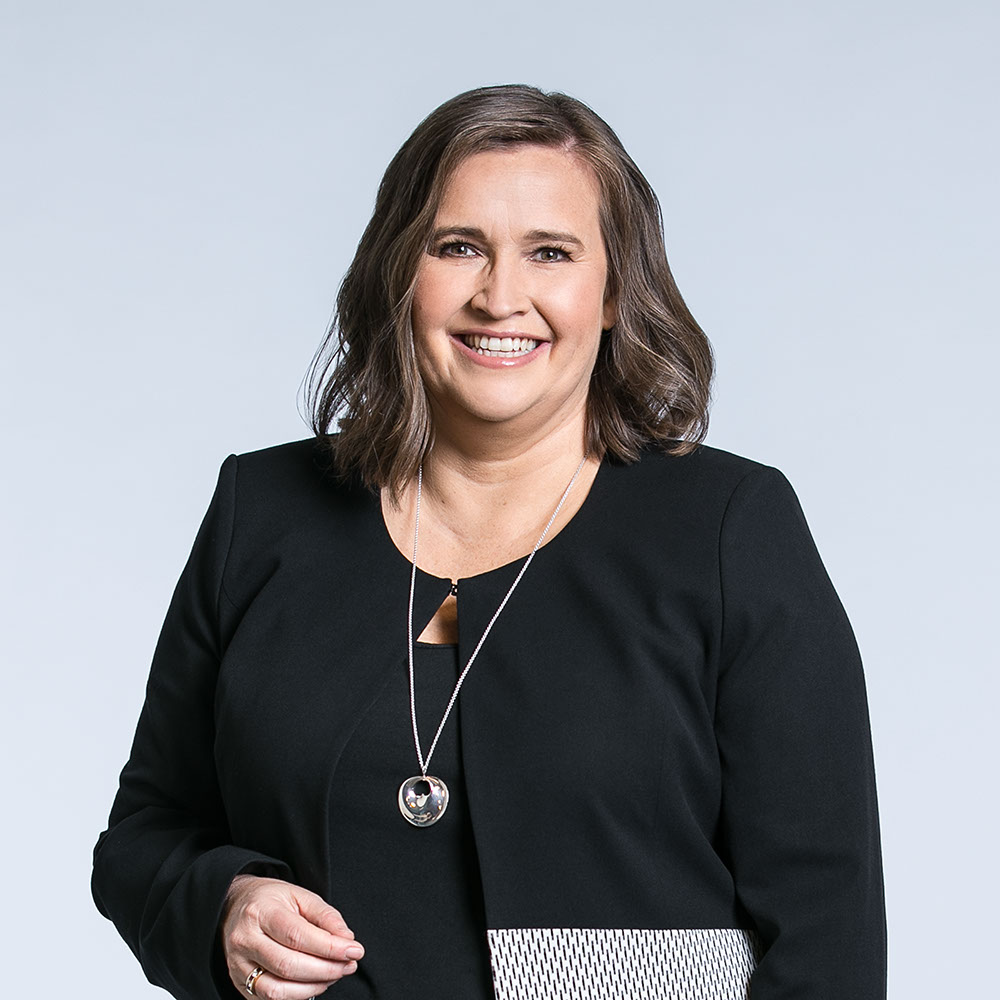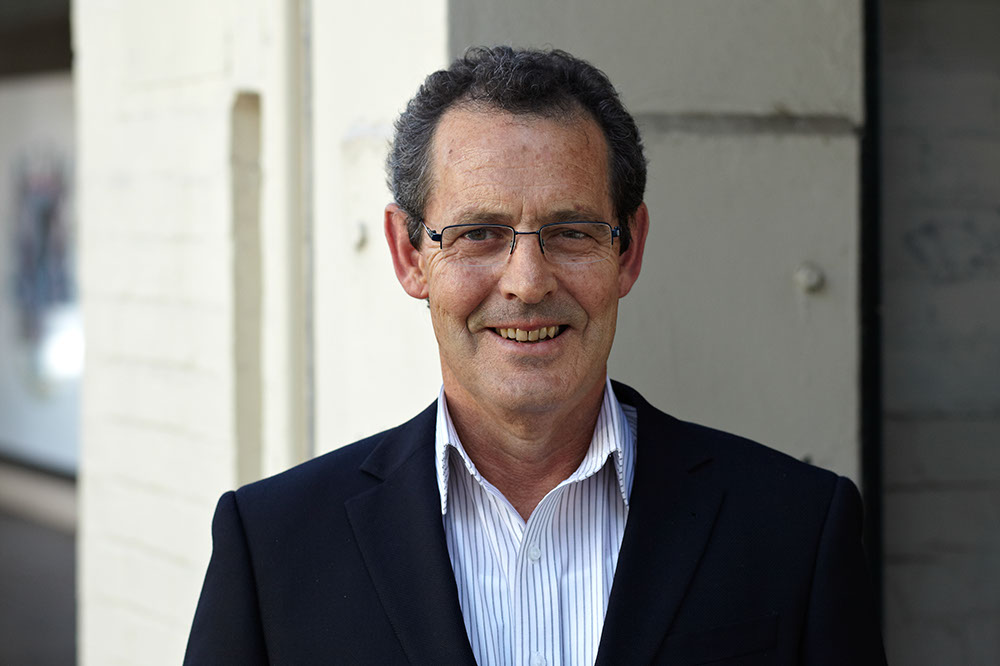Respect@Work

Last June, when revelations of the High Court inquiry into the behaviour of former justice Dyson Heydon were published by the Sydney Morning Herald, the legal profession reached a watershed moment in its consideration of sexual harassment. It was no longer an issue limited to a few ‘dinosaurs’, and the conversation turned to systemic drivers, power structures, slow progress and the role of leadership in addressing the issue that has long festered within our profession.
Our first ever female High Court Chief Justice, the Honourable Susan Kiefel, issued a written statement:
'The investigation found that six former Court staff members who were Judges’ Associates were harassed by the former Justice. The findings are of extreme concern to me, my fellow Justices, our Chief Executive and the staff of the Court. We’re ashamed that this could have happened at the High Court of Australia. We have made a sincere apology to the six women whose complaints were borne out. We know it would have been difficult to come forward. Their accounts of their experiences at the time have been believed.'
Just three months earlier the Australian Human Rights Commission’s National Inquiry into Sexual Harassment in Australian Workplaces report, Respect@Work, was tabled in Federal Parliament. Respect@Work was a world-first, 18-month inquiry established against the backdrop of the #MeToo movement with recognition of the prevalence, cost and harm caused by sexual harassment in Australian–and global–workplaces. Our report made 55 recommendations proposing a new approach to workplace sexual harassment for government, employers and the community.
The report examined workplace sexual harassment in terms of its prevalence; the behaviours that constitute sexual harassment; why it occurs; who carries it out; and the workplace settings in which it occurs. It considered the impact it has on individuals, businesses and the economy. The Respect@Work community guide is a 'must read' for every lawyer.
Australian legal professionals 'report a higher rate of sexual harassment than the global average: 47% of female respondents indicated they had been sexually harassed (compared with 37% globally) and 13% of male respondents (7% globally).
Respect@Work identified that the primary driver of sexual harassment is power disparity, including gender inequality. Overwhelmingly, we heard that the current system for addressing workplace sexual harassment in Australia is complex and confusing for victims and employers to understand and navigate. It also places a heavy burden on individuals to make a complaint. Yet most people who experience sexual harassment do not report it. And most larger employers have taken action through policies, training and complaints procedures that have been largely ineffective.
The Commission’s 2018 national survey on sexual harassment found that one in three Australian workers had experienced sexual harassment in the last five years, including 39% of women and 26% of men, with young people, members of the LGBTI community, Aboriginal and Torres Strait Islander workers and workers with disability at greatest risk. At the same time the International Bar Association conducted a global survey of the legal sector which found Australian legal professionals 'report a higher rate of sexual harassment than the global average: 47% of female respondents indicated they had been sexually harassed (compared with 37% globally) and 13% of male respondents (7% globally)'. [Reference: p87 of Us Too, https://www.ibanet.org/bullying-and-sexual-harassment.aspx ]
Throughout the National Inquiry, we heard of the need to shift from the current reactive, complaints-based approach, to one that requires positive actions from employers and a focus on prevention. There are five key areas of focus which underpin the new approach:
1. Data and research – to deliver useful industry-based information about the nature of sexual harassment and effective actions.
2. Primary prevention – of sexual harassment through education, media and community-wide initiatives.
3. A new legal and regulatory framework – which recognises the mutually reinforcing roles of workplace, safety and human rights laws.
4. Better workplace prevention and responses, that are leader-driven, practical and adaptable.
5. Better support, advice and advocacy – for people who experience sexual harassment.
Our inquiry engaged regularly with lawyers and heard frequently about the impact lawyers have on how sexual harassment is addressed.
Because of their practical expertise and community influence, we know of the critical role of lawyers in law reform and as regulators. We are grateful that the Law Council of Australia, Australian Women Lawyers and others have specifically advocated for the Respect@Work recommendations to be adopted, which includes reform to the Sex Discrimination Act 1984 (Cth), state and territory anti-discrimination laws, the Fair Work Act 2009 (Cth) and work, health and safety regulations.

We also heard that lawyers are frequently the primary advisers on sexual harassment complaints, with legal advice often focussing more on the misconduct by the perpetrator than the health and safety of workers. Our inquiry identified that lawyers and judicial members who were educated in the gendered drivers of sexual harassment, along with trauma-informed approaches, could reduce harm for complainants and better prevent sexual harassment.
We also heard of the legal sector as a workplace where sexual harassment persists. Respect@Work recommended workplaces develop strong leadership, identify risks and improve transparency; build cultures of trust and respect; and implement better approaches to workplace education and training. We recommended prioritising support for workers who have experienced sexual harassment; increasing the options available to workers to make a report; and better collection of data at a workplace and industry level. We called for industry-wide initiatives to better prevent and address sexual harassment.
Since June 2020 I have seen strong, coordinated and collaborative efforts to learn from the High Court experience in all parts of the profession, including courts and tribunals, the bar, law firms, in-house counsel, academia, regulators and within law schools. I have attended roundtables, delivered webinars, recorded podcasts, been consulted on reform and conducted briefings for lawyers and judges right across the profession. There is a new awareness of the particular power disparities in the law that put lawyers at risk of sexual harassment and makes them fearful of reporting it: the patronage training system; the interconnected and interdependent nature of the profession; gender inequality in the senior ranks; competition for opportunities; long hours and high-pressure work.
With renewed commitment to eradicating sexual harassment through strong leadership, the legal profession seems to have reached a turning point for more respectful workplaces. Yes, there is still work to be done. But I’d like for those six High Court associates to know that their complaints created such a legacy. It’s up to us all to make that a reality.
Launch of new OLSC online anonymous sexual harassment, bullying and discrimination reporting platform
Announcement by the Office of the Legal Services Commissioner

The New South Wales Legal Services Commissioner, John McKenzie, says that the Office of the Legal Services Commissioner is launching its long-awaited new, online anonymous reporting tool to receive notifications of sexual harassment, bullying and discrimination in the legal profession, which is forecast to be operational by June or July 2021.
The OLSC currently has facilities to receive anonymous reports of sexual harassment, bullying and discrimination alleged against barristers and solicitors, with those reports able to be made by telephone, email or post, including via downloadable anonymous notification forms on the OLSC website.
John McKenzie says that, since the introduction of those facilities in mid 2019, reports of such conduct received by the OLSC has risen from 3-4 per year to between about 140 to 150 per year.
The OLSC predicts that the launch of its new online reporting platform in June or July 2021, which will be downloadable via smartphone and other smart devices, will be a further ‘quantum leap’ forward in its ability to receive notifications of sexual harassment, bullying and discrimination. Where clusters or ‘hotspots’ of such alleged conduct are identified in chambers or law firms, or where it is identified that such conduct may be condoned, the Legal Services Commissioner carries out investigations.
Action that can be taken by the OLSC as a result of anonymous reports of sexual harassment, bullying or discrimination include compliance audits to assess how a chambers or law firm is managed or supervised. Disciplinary action can result in respect of any established findings, which would require the making of a formal complaint, of a breach of rule 123 of the Legal Profession Uniform Conduct (Barristers) Rules 2015.
Anonymous complaint making processes were among the recommendations made by the Law Council of Australia’s National Action Plan to Reduce Sexual Harassment in the Australian Legal Profession, launched in December 2020, at [133].